What would David Bowie say? The much-missed musician – dead a decade next January – is the beneficiary of a new, bespoke space inside the Victoria & Albert Museum’s East Storehouse outpost. Although Bowie is by no means Britain’s most commercially successful rock star, he is surely its most interesting – and certainly the most chameleonic, making his legacy ripe for serious re-evaluation. Now, thanks to the David Bowie Centre, the curious public can get its closest look yet into the artist’s mind and imagination. And as a bonus, it’s free, too.
The space is composed of one room with nine rotating displays showing about 200 items. There are, however, another 89,800 items available in the various archives (all of which are on display in gray folders on shelves, in a splendidly Nineteen Eighty-Four-esque touch that no doubt would have amused Bowie), which can be requested by the curious.
Since Bowie died in 2016 he has only strengthened in repute and popular standing
What can be readily seen in this inaugural display is fascinating. There are a few crowd-pleasing objects that any Bowie aficionado will readily recognize: his Alexander McQueen-designed tattered Union Jack frock coat, which he wore for his 50th birthday celebrations, for instance, and the original lyrics for “Heroes.” But this gallery also provides a deep dive into Bowie obscurity, which is likely to make prospective scholars and biographers feel a mixture of excitement and panic at the sheer onslaught of the material available.
There’s a letter from Apple Records curtly turning Bowie down in 1968 – “We don’t feel he is what we’re looking for at the moment” – and another from his father, Haywood, rather sweetly providing a reference for his son, saying that the 19-year-old David has “a good name in showbusiness as a performer, as a person and as a real trooper.”
There’s an emotional fan letter from Lady Gaga – “I feel as though my entire career has been an artistic plea for you to notice me” – and some random notes of Bowie’s, in which, inter alia, he assesses his place in the British music firmament, claiming that he feels closer to Marshall McLuhan, who coined the phrase “the medium is the message,” than he does to Robbie Williams.
In another note, he remarks that the reason Oasis never broke America was that “swearing, fighting and doing drugs are de rigueur” already there. All the while, a giant screen plays suitably fragmented snatches of Bowie videos and live performances on a two-hour loop. Designed by the London and Paris-based architectural company IDK, the center is bold and adventurous and of a piece with Bowie’s aesthetic daring.
You see a restless, questioning intelligence that never faltered until Bowie’s extraordinary exit stage left
Since Bowie died in 2016 he has only strengthened in repute and popular standing, continuing to inspire filmmakers, musicians and artists from beyond the grave. A particularly nice touch in the archive is that Bowie kept a vast number of fan-made objects and trinkets that were sent to him. For a man who often seemed remote, even disengaged from the world, especially after the 2004 heart attack that led him to quit public performance, it is an affecting reminder that he genuinely cared about being liked. While there are no missteps – because there couldn’t be – I would question the emphasis in a very brief exhibition of an entire display devoted to “Jungle and Drum & Bass,” which ended up inspiring Bowie’s weakest album of the 1990s, Earthling. Here, there seems a curatorial reach to marry Bowie with the diverse East End setting of the center, and it might end up being a reach too far. More attention is paid to the forgotten late 1990s gangster film Everybody Loves Sunshine than, say, The Prestige or The Last Temptation of Christ.
The real coup here is the “Unrealized Projects” section. The revelation that just before he died, Bowie was planning an 18th-century musical named – naturally! – The Spectator is fascinating, as is his desire to preview the Outside album with a lavish theatrical show in Mumbai. You see a restless, questioning intelligence that never faltered until his extraordinary exit stage left.
This is not merely a major coup for the V&A – just imagine how many American institutions would have killed to get their hands on the Bowie archive! – but probably the most thrilling venture into the psyche of a great artistic figure in recent memory. Bowie may have sung of “a god-awful small affair” but this mighty, wholly rewarding venture is anything but. And I suspect that the erstwhile Thin White Duke would have loved it, too.
This article was originally published in The Spectator’s October 13, 2025 World edition.



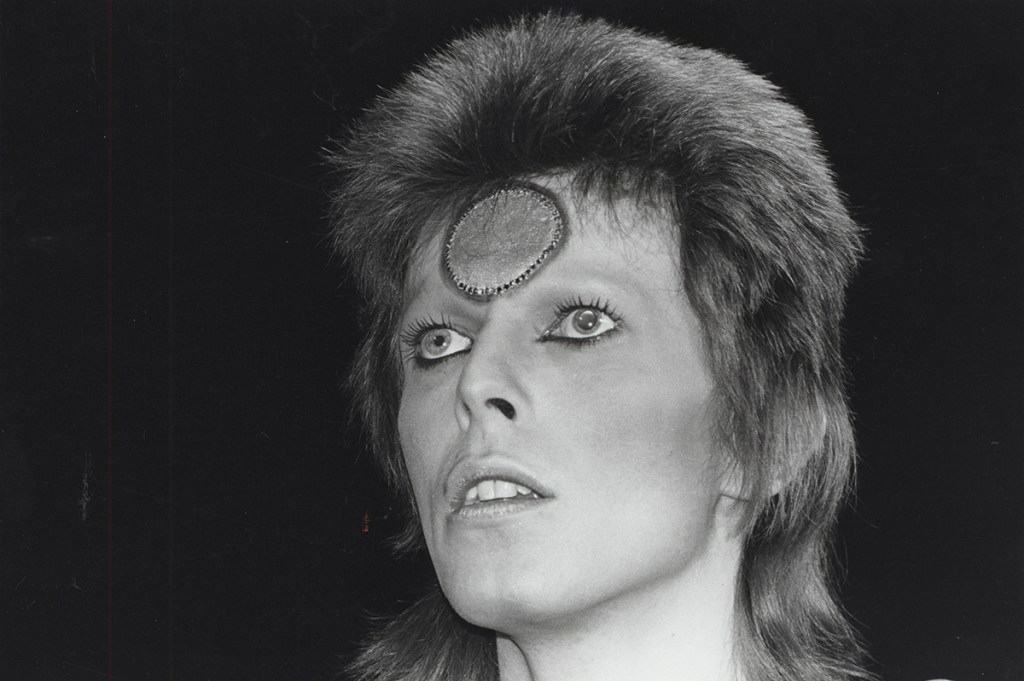






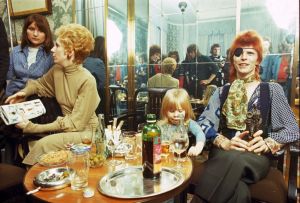


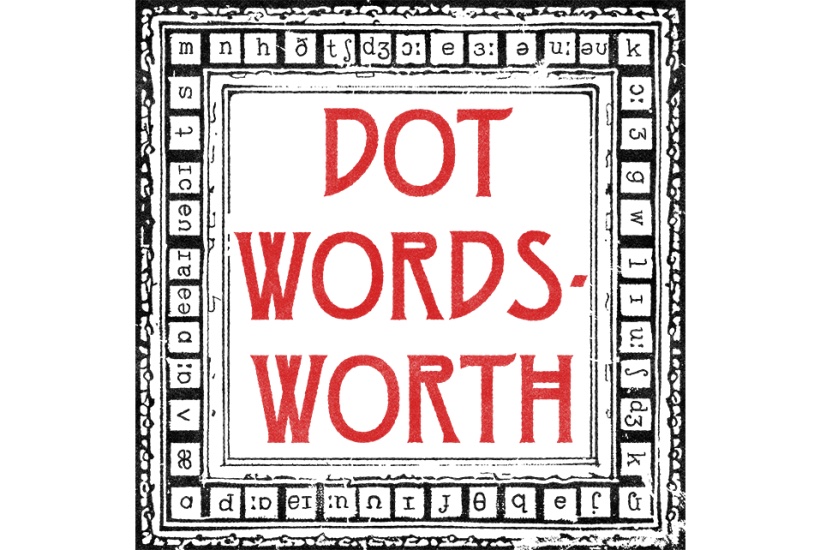


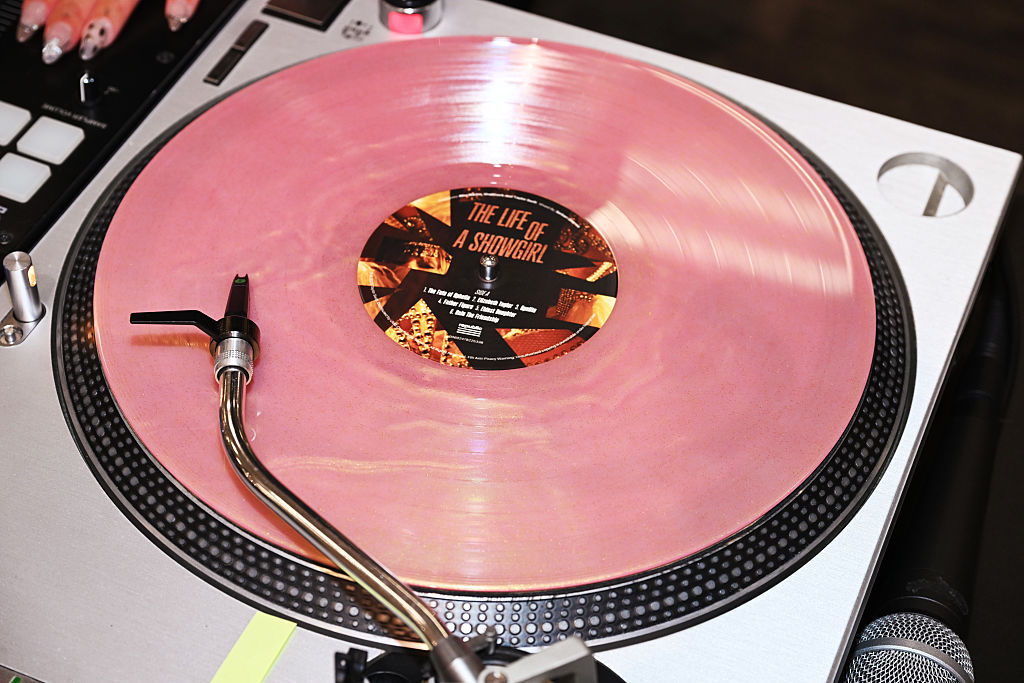
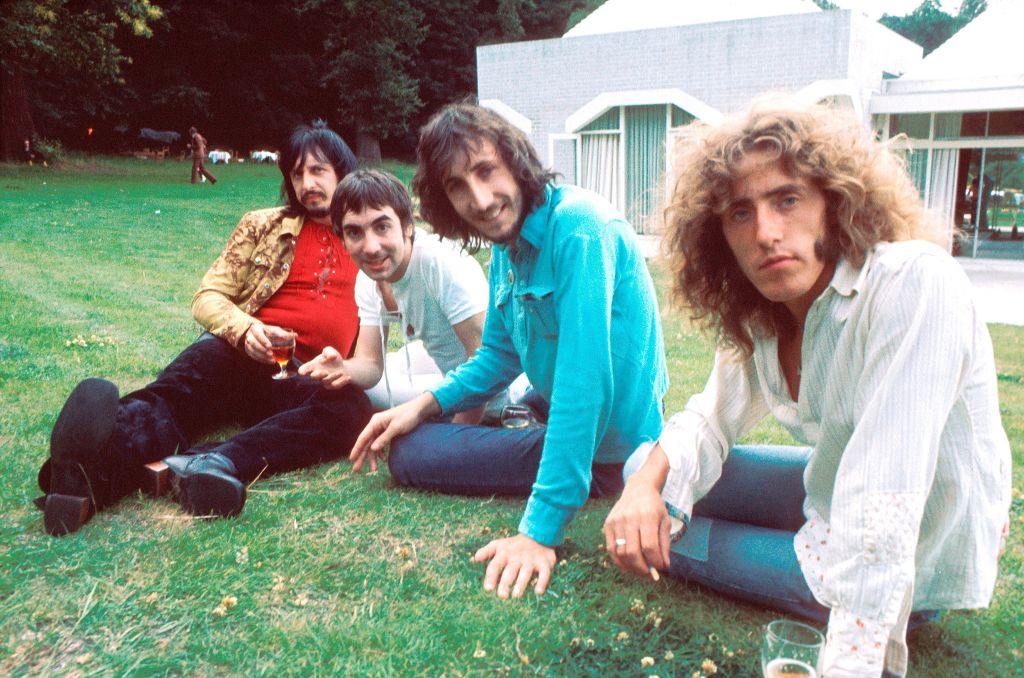






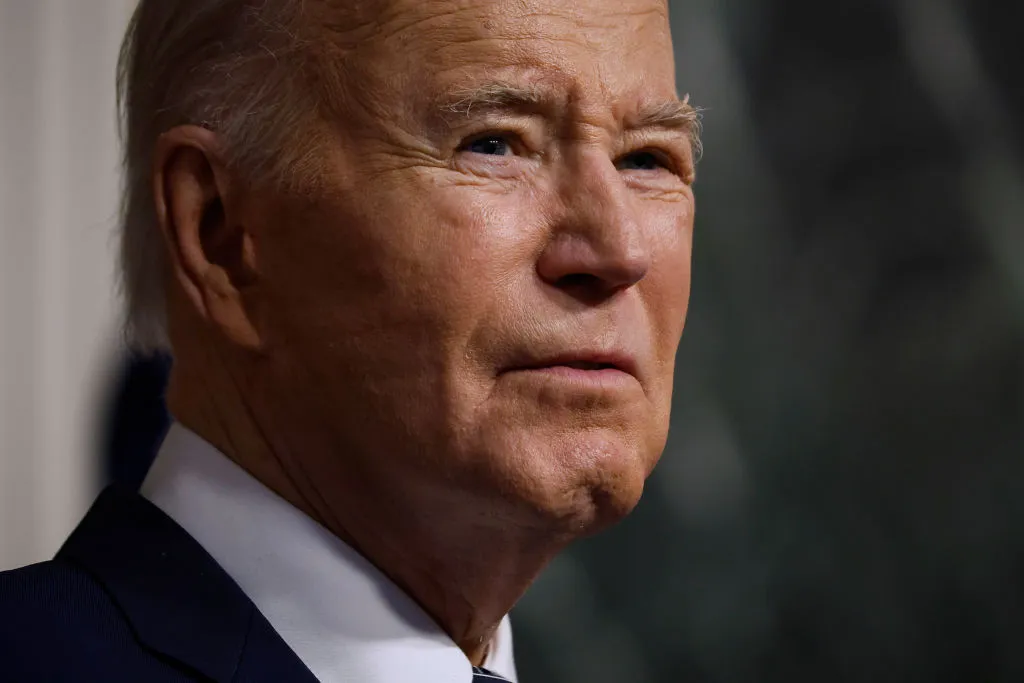

Leave a Reply